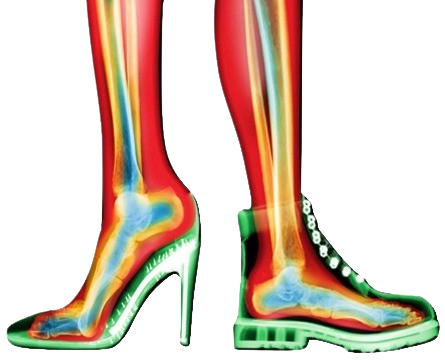Keeping you healthy and performing at your best
Keeping your family on their feet and helping them to walk, run, play and exceed their goals is why we love getting up in the morning.
Ground Floor, One Health Building
122 Remuera Rd, Remuera
Auckland 1050, New Zealand
| MON - FRI | 7:30am – 6:30pm |
| SAT | 8:30am – 4:30pm |
| SUN | Some availability |
Make an Appointment
Online Schedule
Send us a message
Need Help After Hours?
Our virtual receptionist is available 24/7 to help with general questions, booking requests, and clinic information, even when our team is busy, or it's after hours.
Whether you're calling us or using our website, you'll get fast assistance any time of day. And if your query needs a personal touch, a member of our team will follow up as soon as possible.
We offer consultations in multiple languages, including:
- English
- Persian
- Hindi
- Marathi
- Arabic
- Japanese
- Mandarin
If you’d like to see a podiatrist who speaks your preferred language, just give us a call and we’ll help you book.
